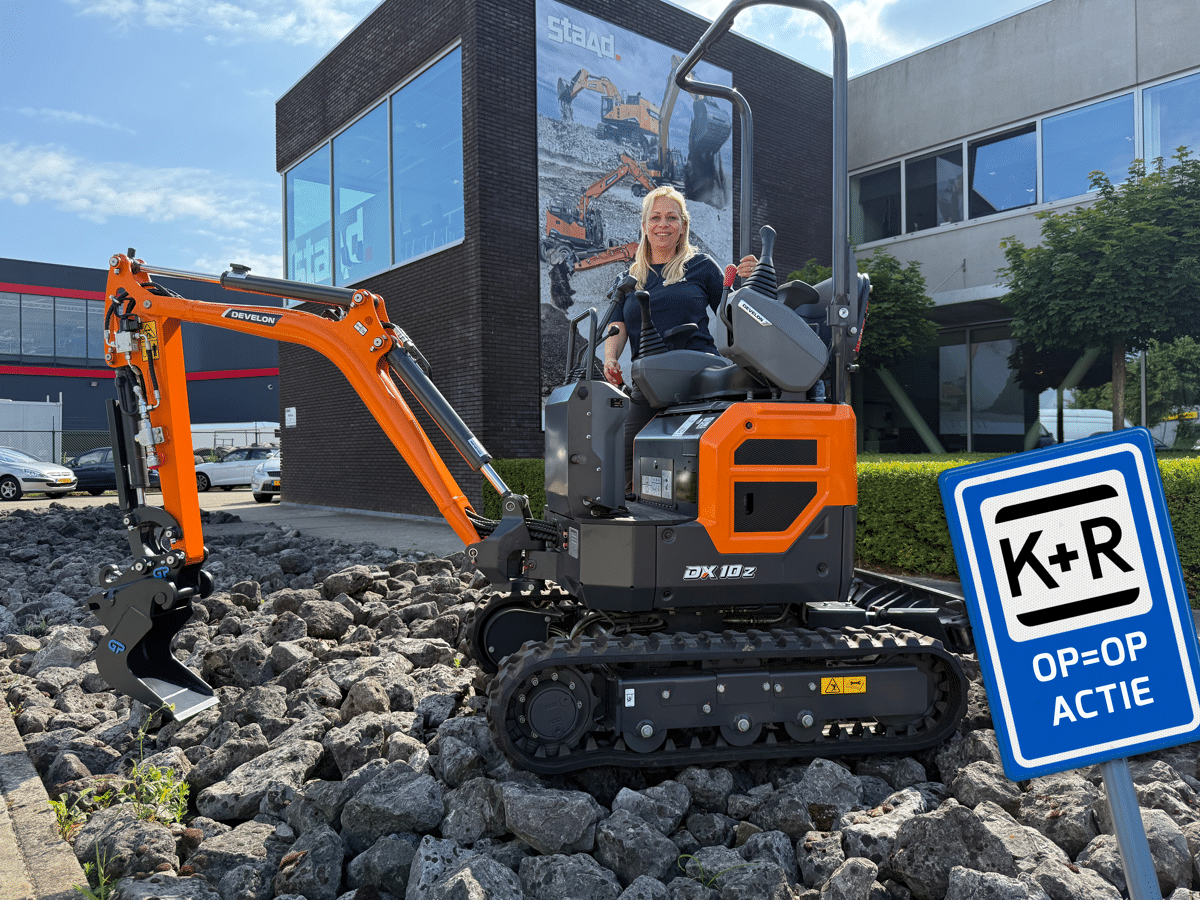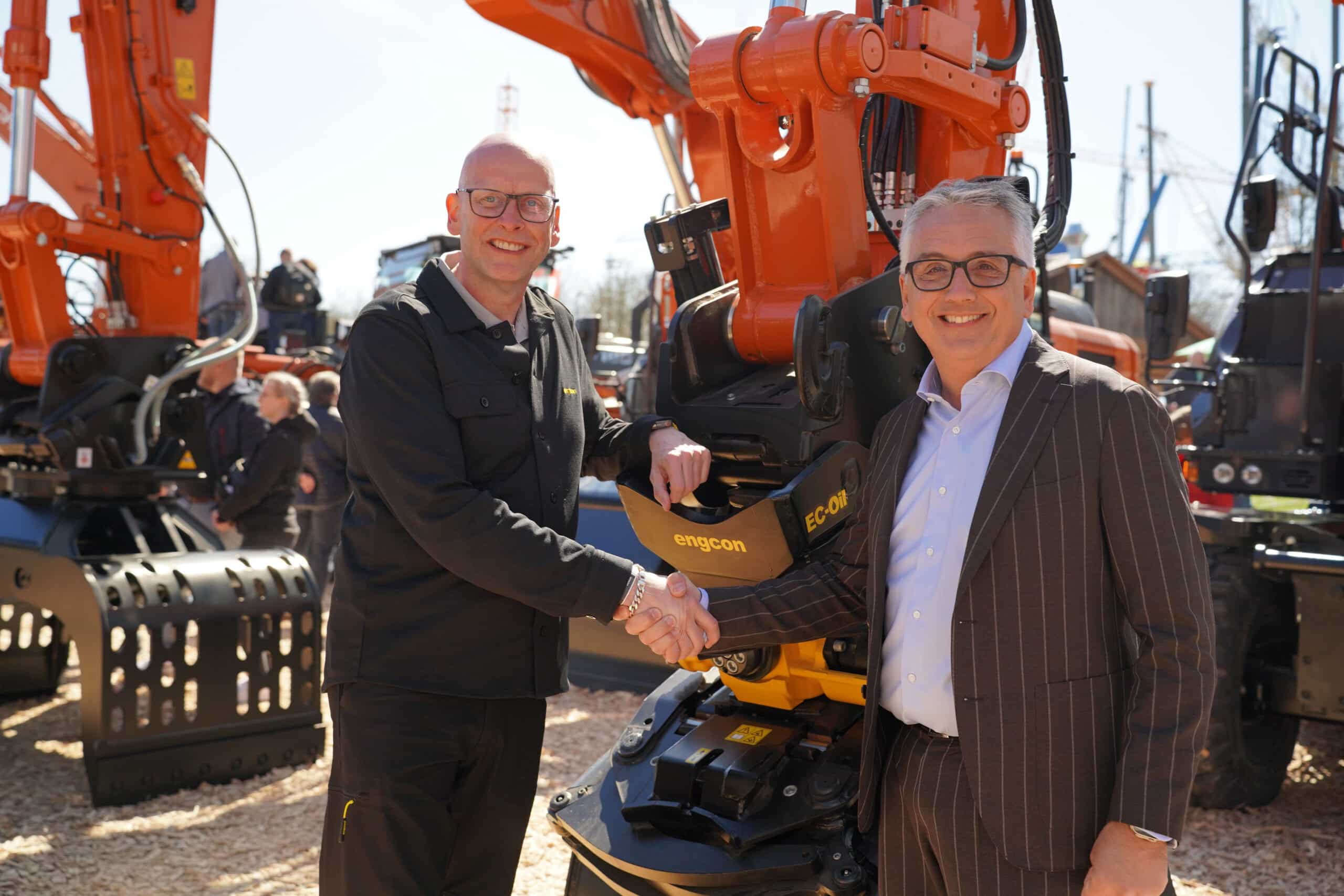
Foundation repair for sagging homes
More and more homes are facing foundation problems, according to the Knowledge Center for Tackling Foundation Problems. Due to climate change, there is an increase in the dynamics of the groundwater level during the year with all its consequences. But specific work, such as replacing sewer systems for which the groundwater level is (temporarily) lowered, can also lead to major problems later on due to soil subsidence. DYWIDAG has developed an interesting methodology to address foundation problems, also with minimal economic impact.

DYWIDAG's prestressing systems have long ensured the stability of infrastructure structures. But much more happens in infrastructure. For example, geotechnical engineers have also known how to find the renowned company for some time now. "The occasion was a project in Amstenrade in Limburg, where we 'freed' a number of houses from further subsidence using a unique methodology," says Robert Jansen of DYWIDAG. "The damage (cracking due to subsidence) could be traced to past mining activities. There were some solutions on the table, but they turned out to be quite drastic for the residents. It would result in a lot of inconvenience and moreover, there were doubts whether the suggested methodologies would offer the right result. We were approached to simplify the approach and that led to a completely different methodology."
Lowering compressive stress
DYWIDAG's methodology is suitable for foundation repair of steel-founded, attached dwellings with a crawl space and is based on reducing the compressive stress under the foundation. "We do this by increasing the foundation surface area or, in other words, filling the crawl space (partially) with concrete and stretching it with the DYWIDAG single-strand VZA system," Jansen explains. "By doing so, we create considerably more surface area, which reduces the soil tension enormously and the mass added is comparatively minimal. Should local settlements occur again, the foundation under the houses acts as one large slab and there is no chance of cracking. The forces are now distributed over a much larger surface area. The first project in Amstenrade was assessed geotechnically by Geonius. Conclusion: the soil tension has decreased to such an extent that a stable row of houses has been created. Local settlements have no influence."
Stable edge beam
In Amstenrade, DYWIDAG has already reinforced several row houses. The solution is officially recognized by the Mine Water Damage Calamity Fund Foundation. And that has not gone unnoticed in the market. "We are now reinforcing 81 row houses in the municipality of Rhoden (Drenthe). Here the groundwater level was temporarily lowered for the construction of a high-pressure pressure pipeline. The expectation was that the level would return to its old level. This turned out not to be the case, resulting in subsidence of the soil, so subsidence and cracking. Here, too, we use the same methodology. We dig a trench around the houses, making holes in the masonry to access the crawl space from the outside. We then fill the crawl space to a certain height so that it still remains accessible to residents. Then we pour concrete into the trench to create a stable edge beam to which the old strip foundation and new floor will be anchored."
Apart from a bit of accessibility over boards to the front door, residents are not experiencing any inconvenience from the work. "We are able to repair subsiding foundations with minimal economic impact and have now become a 'partner' of the Knowledge Center on Tackling Foundation Problems. Right now, the government's focus is on building 900,000 homes, but in parallel, 700,000 homes also need to be repaired due to changing groundwater levels."



